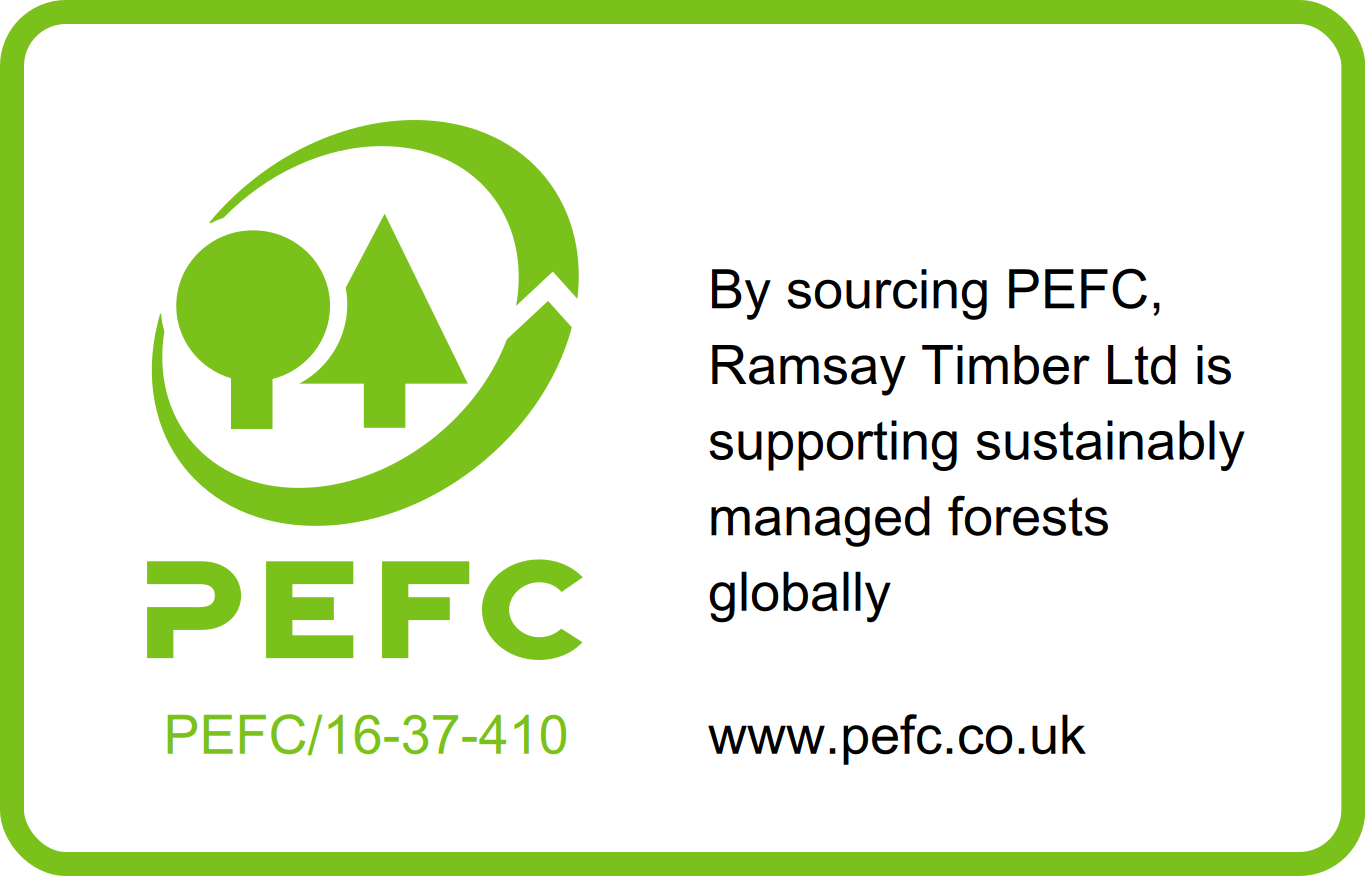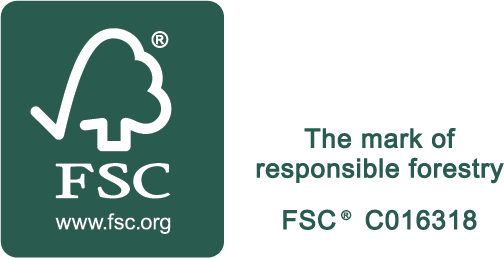
Reforestation

Trees absorb carbon dioxide (CO2) from the atmosphere during photosynthesis, which is the process by which they convert sunlight and carbon dioxide into oxygen and energy. By planting more trees, we can help to reduce the amount of CO2 in the atmosphere and combat climate change.
Forests provide habitats for a wide variety of plants and animals, and reforestation can help to restore these habitats and support biodiversity.
Trees help to stabilize soil and prevent erosion, which can help to protect rivers and other water sources from pollution.
Trees absorb water and help to regulate water cycles, which can help to prevent droughts and floods.
Reforestation can also provide economic benefits by creating jobs in the forestry industry and providing resources such as timber and non-timber forest products.
Forests are often an important part of cultural heritage, and reforestation can help to preserve these cultural landscapes and the traditions associated with them.



